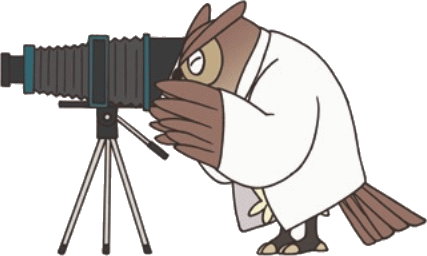9. Bellows of camera, Camera obscura

Bellows of camera
Greeks already discovered the same rule as present pinhole camera, and painters later used a camera obscura for copying landscapes. In other words, inverted image of outside scene is projected through the hole onto the wall opposite to the hole. The optical phenomenon is also referred to as camera obscura.
The optical phenomenon led to the invention of a tool that focuses the image through a lens in place of the hole onto light-sensitive materials in place of the wall. It was the beginning of the camera. People across the world commonly wish to keep each scene of their lives as fixed images and the camera began to spread all over the world. The work of keeping memories in the record is also used for preserving and utilizing all types of information.
Use of bellows in relation to cameras may be classified as follows according to applications:
- Between lens and film where the camera movements and “Scheinpflug condition”* are applied involving bellows for close-up.
- In front of the lens. Bellows for attaching filter is involved.
- In front of focusing screen in the form of light-shield screen and also protective cover for the screen.
*Rules of camera movements or “Scheinpflug condition” that T. Scheinpflug (Austrian) discovered:
Rule covering the setting of technical camera with swing and tilt movements to photograph subject disposed primarily in a plane inclined to the camera axis. The rule states that if the subject plane, lens plane and the image plane are so inclined relative to each other that they intersect along a common line, the image is evenly sharp over its whole area. A more precise version of the “Scheinpflug condition” takes the distance between the front and rear nodal planes of the lens into account. The condition also applies to distortion correction in enlarging.
Movements of the camera or rather the bellows are shift, rise, fall, tilt and swing.
When a bellows is used for the camera, perfectly light-tight material and mat lining to prevent halation are needed. In old days outer layer of sheep skin sometimes called “Yang Pee” in Chinese, cloth lining and creased padding sandwiched between the outer layer and the lining are used to form a three-layer bellows. Being light-tight is a necessity in bellows in addition to expansion and contraction and folding up characteristics.
Photographers in general pursue the beauty, and a bellows, a bulky part of the camera had better look as nice as possible. Cosmetics are not negligible in bellows.
